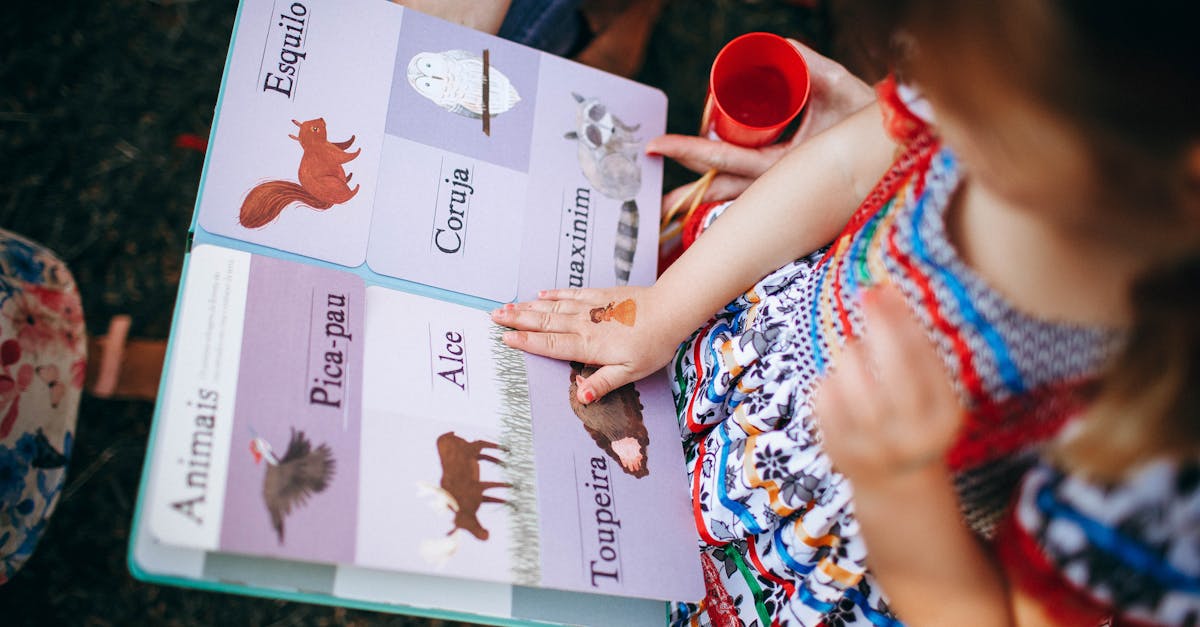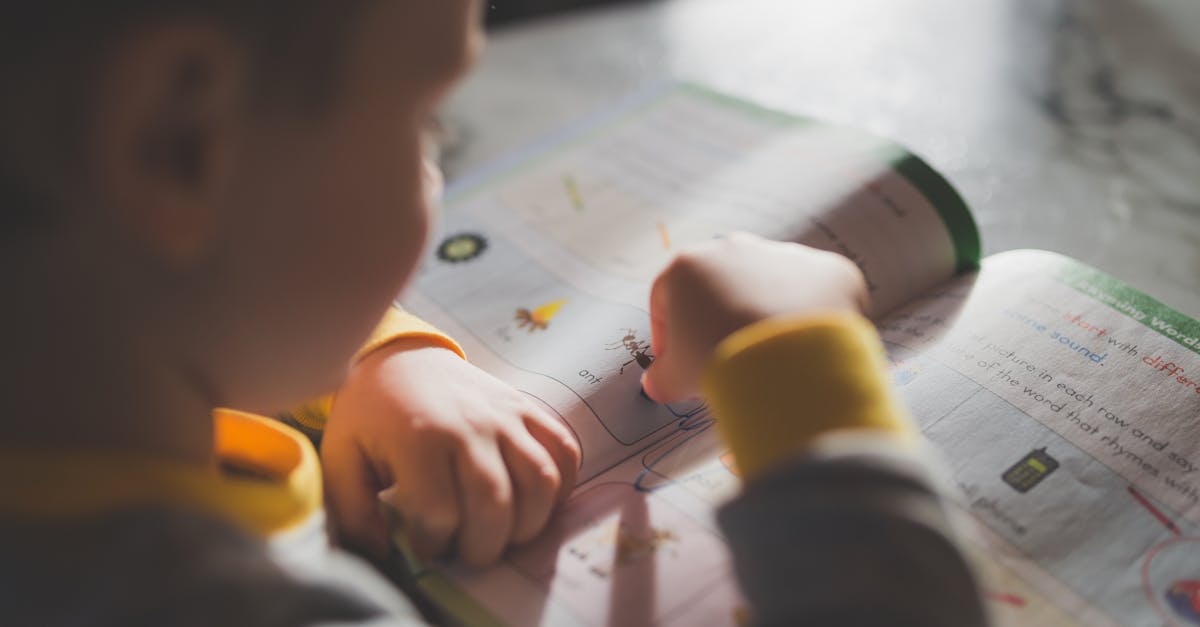Create a Cozy Reading Nook
Create a cozy, inviting space for reading with your toddler. A comfortable nook with pillows, blankets, and soft lighting can make a big difference. Think of it as creating a mini adventure spot at home. You’ll find your little one excited to visit their special reading corner. Don’t forget to stash away a few favorite stuffed animals to join in on the fun! Adding a personal touch to the area can significantly enhance their reading experience.
Use Expressive Voices and Gestures
Bring stories to life by using expressive voices and gestures. Turn each character into a unique personality with different tones and voices. This not only captures their attention but also makes story time a performance they won’t want to miss. If you’re reading about animals, try imitating their sounds. Your toddler will love the dramatic flair and will be more engaged in the storytelling process. It’s a great way to make reading memorable.

Encourage Interaction
Encourage your toddler to interact with the story. Ask open-ended questions like, What do you think happens next? or Can you find the cat on this page? Get them to point out colors, shapes, and characters. Avoid yes/no questions to enhance their critical thinking. This interaction not only makes reading more dynamic but also assists in developing their language and cognitive skills. Moreover, their answers can be quite amusing!

Be Consistent with Reading Time
Consistency is key to building a reading habit. Try to read with your toddler at the same time each day, like before bedtime or after lunch. This routine builds anticipation and excitement. Consistency helps in setting expectations and fosters a sense of security. Even just 10 minutes a day can make a big impact on their love for reading. It’s about quality time spent together, making it an enjoyable ritual.

Make Reading Fun with Follow-Up Activities
Make reading a launch pad for fun follow-up activities. Draw pictures based on the story, act out scenes, or even make simple crafts. For instance, after reading about animals, you can create animal masks or sounds. These activities reinforce what they’ve learned and keep them engaged long after the book is closed. It’s a fantastic way to make the stories come alive, beyond the pages, and foster creativity.
Check out the image below for some inspiration:

